
| Certified Cult Brand | ||||
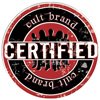 | We have tracked businesses with unprecedented brand loyalty since 2001. A Certified Cult Brand is a designation we hold for brands that fulfill specific market criteria, including upholding the Seven Rules of Cult Brands. | |||
Vans Cult Brand Summary
While Vans is today known as a symbol of alternative sports like skateboarding and snowboarding, the company didn’t start out this way. The original dream of Paul Van Doren and his family was simply to manufacture shoes and sell them directly to the public, which he did when the Vans opened its first small shop in 1966.
Then in the mid-seventies, Southern California skateboarders started wearing Vans shoes. Unlike any other shoe manufacturer at the time, Vans accepted these customers and began catering to the desires and needs of the, then, renegade skateboarding crowd. In fact, Vans was the first shoe company to start paying well-known skateboarders to wear its shoes.
Vans took skateboarders—consumers that in the seventies were treated like lepers by the rest of corporate America—and celebrated them as champions. Vans preached to the choir and listened to the response. They understood that skaters not only wanted shoes that looked “one of a kind” but that actually were one of a kind. Vans collaborated with its customers by going into the custom shoe business after receiving numerous requests for funky-looking custom shoes from Southern California skaters.
Today, Vans continues to stick to its inclusive message by actively seeking out and implementing new product ideas from the dozens of “core sports” athletes the company sponsors.
Even though Vans was embraced by skaters, it wasn’t easy growing and rewarding its customers on the shoestring budget they had when they opened. Vans put together a team of skateboarders that traveled around the schools in Southern California, putting on safety shows about skateboarding. At the time, parents were rightly concerned about the apparent safety risks involved with the new sport. Vans put on the safety shows for two reasons: to give back to its community and to prime its young customer base and their parents for future Vans’ shoe sales.
It’s no accident that Vans sponsors and organizes dozens of extreme sports events each year. It knows that this is the best way to connect with customers. For many teenagers and young adults, an activity like skateboarding is their passion. After all, what is more liberating for a teenager than hopping onto a skateboard and riding for a few minutes each day without having to worry about chores, homework, or even parental control?
For a teenager, a skateboard is temporary escapism and self-fulfillment on four wheels and some wood. With this in mind, Vans has gone out of its way to sponsor and promote activities like concerts and sport events that appeal to the extreme sports and skateboarding set. As Vans CEO Gary Schoenfeld told Inc. magazine, “Kids don’t relate to direct hard-sell advertising. They see through a company that’s just spending a lot of money to attract their attention. Our strategy is to ingratiate ourselves more into their lifestyle.”.
In addition to developing high-profile events for its customers like the Vans Triple Crown and the Vans Warped Tour, Vans has also begun building and operating its own skateboard parks, each filled with thousands of square feet of space for both skateboards and BMX bikers of all skill levels. Vans uses the parks to continue to build an environment of collaboration and openness: Vans takes input from its customers about what it’s doing right, what it’s doing wrong, and how it can improve.
Of course, each Vans-branded park also includes a retail shop with Vans shoes and merchandise. These parks give the people at Vans a unique way to weave their products into the regular activities of their customers.
Vans Timeline
- 1966 — Paul Van Doren and three partners open up the first Vans shoe store
- 1970 — Skateboarders all around South California can be seen sporting Vans shoes
- 1975- Vans creates the #95, known as the Era today
- 1979 — Vans introduce the #45 shoe, with the help of BMX riders and skaters the slip-on shoe’s become incredibly popular in South California
- 1980 — By the end of the 1970’s, Vans had over 70 stores across the state of California
- 1980- Paul Van Doren begins to take a lesser role in the companies activities
- 1982 — Vans slip-on shoe’s gain national appeal when they are worn by the iconic actor Sean Penn in the film “Fast times at Ridgemont High”
- 1983 — Despite wild popularity and excellent sales, the wide range of shoes being sold depleted their resources and the debt forced Vans into bankruptcy.
- 1986 — Vans pays back all of its creditors and emerges from bankruptcy
- 1988 — Vans sells out to an investment banking firm (since then vans has been sold several times the most recent time being for $356 million in 2004 to Greensboro, N.C.-based VF Corp.)
- 1994 — Vans closes their main factory in Orange, California and begin manufacturing over seas
- 1994- Vans sponsors the Inaugural Triple Crowns Series which will eventually form into the Vans Triple Crowns Series
- 1998 — Vans opens a 48,000 square foot indoor/outdoor skate park at the block in Orange County
- 2000/2001 — Forbes magazine recognizes Vans as “America’s best small companies”
- 2002 — Vans opens a indoor skate park in Festival Bay mall in Orlando Florida
- 2004 — Vans creates Vans Customs allowing people log on to their website and create their own custom Vans shoe.
Presentations about Vans as a Brand
Archetypal Branding: Cult Branding 2.0
The Power of Your Brand Lover
An Introduction to Cult Branding – the truth behind customer loyalty!
Articles related to Vans
Browse Cult Brands | ||||
 |  | 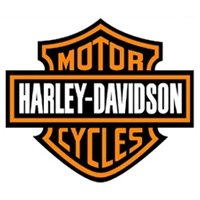 | 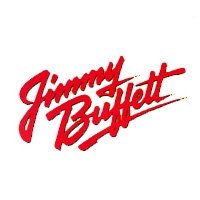 | 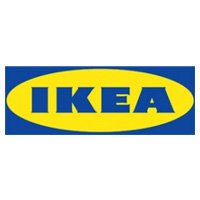 |
 |  |  | 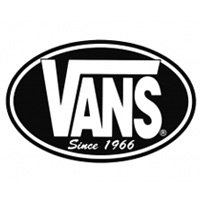 |  |
 | 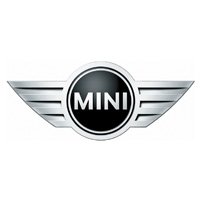 | 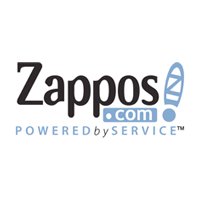 | ||
